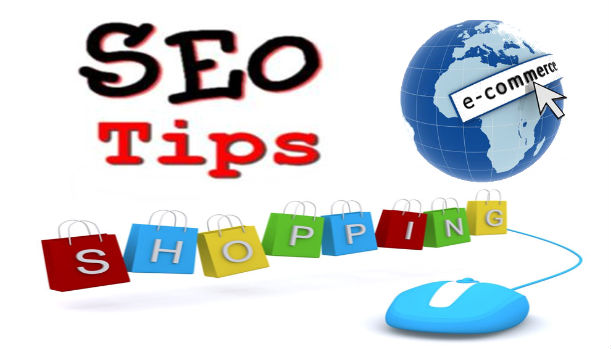Guidelines for Best SEO practices for E-Commerce Websites
If you have an eCommerce website, there are many things you will need to pay attention to in order to have better SEO. You might know of the current Panda update, which has come up after a long wait of ten months. You don't want to lose out on the ranking for some silly mistakes, and then wait for months together to make it back when the next update is in. We provide you some guidelines that will help you while looking for Ecommerce SEO.
Categorization
Every eCommerce website has a number of products to offer in different categories. Dividing products into different categories makes it easier for the users to search for their product. For example, users might be looking for "school bags". Now, you might be providing this product under several categories like school items, kids’ items or backpacks. Using keyword search, you need to see how the users are searching for that item and accordingly, categorize your products.
Pagination
Pagination is the process of dividing the list of products in a specific category into different pages if you have a long list that you don't want to put up on a single page. You must have the "previous" and "next" options on your page if you have products of the same category on more than one page. If you do not have these options, Google will not be able to see the depth of your product offerings. If you have 100 products with 10 products on each page, and you do not have the prev/next options, Google will consider that you have only 10 products.
Canonical tags
A canonical tag is an HTML element that helps webmasters prevent duplicate content issues by specifying the preferred version of a webpage for SEO. This tag is important for those products that are available in various colours, sizes and attributes. So, you will want to keep the link directed to one preferred page version.
Duplicate content
If you are duplicating content across multiple categories and pages on your own website or you are using other domains for a product with the same content, then you will be having duplicate content issues, which will badly affect your website's ranking in SEO. There are many tools that can help you check for duplicate content. There are also other tools available to check how many other websites are using the same product descriptions.
Shifting to HTTPS
Many eCommerce website owners are shifting to HTTPS. If you are one of them, you should not forget to update your canonical tags from HTTP to HTTPS. You will also have to create a new Google Webmaster Tools profile under HTTPS and submit your new HTTPS sitemap(s).
If you are looking for professionals who can deliver the perfect Ecommerce Website Design, you can contact Jain Technosoft. They can provide the best e-commerce website that is attractive, user-friendly, SEO friendly, fast and responsive so that you have increased sales and hence, greater profits. They will take care of all aspects of ecommerce including payment gateway integration, shopping cart, secure transactions, shipping options, order tracking and more.






















